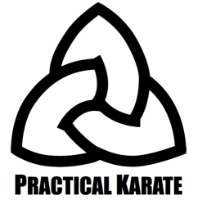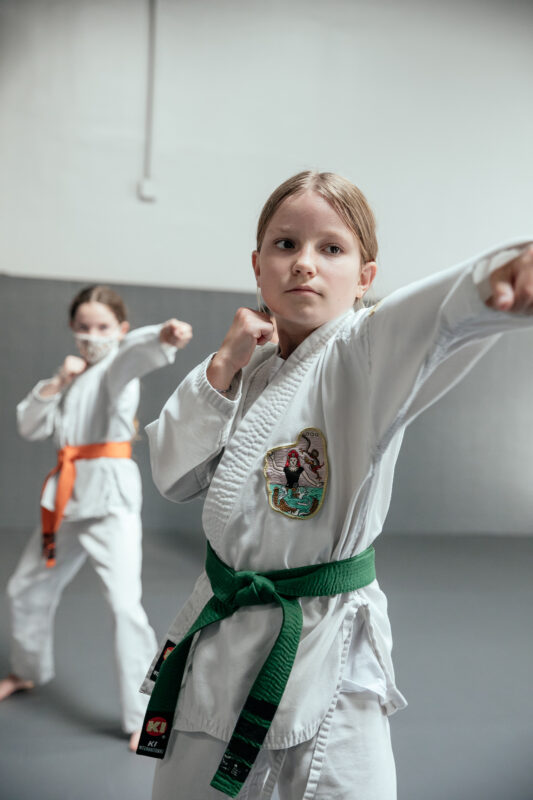Martial Arts
Martial Arts Classes Tailored for Kids
Karate has long been recognized as a valuable activity for children, offering a blend of physical exercise, mental discipline, and character development. In San Diego, numerous martial arts schools provide martial arts classes tailored for kids. Among these, Practical Karate stands out for its innovative approach to instruction, particularly through the use of cooperative learning strategies to enhance teaching efficiency.
Located at 4170 Morena Blvd. Suite A, San Diego, Practical Karate is a martial arts education center dedicated to empowering individuals through a range of classes, including karate, judo, sparring, and mixed martial arts (MMA). The facility features two training areas, including 2,000 sq. ft. training room, and other amenities designed to create a welcoming environment for students and their families.
Teaching Philosophy at Practical Karate
Practical Karate bridges the gap between modern education and traditional martial arts by serving as a mind-body education center for people of all ages and abilities. The school’s mission is to empower children and adults through various classes in a safe, clean, and welcoming environment. Instruction is enthusiastic and meaningful, with clearly defined goals and objectives. Student performance is assessed both formatively and summatively to identify strengths and areas for improvement, ensuring comprehension and fluency of skills.
How Frank McCarroll’s Background in Education Sets Practical Karate Apart
Practical Karate, led by Frank McCarroll, stands out among martial arts schools in San Diego due to his unique background in education. Unlike many instructors who focus solely on technique and discipline, McCarroll integrates educational principles into his teaching, creating an environment that fosters both physical and cognitive development.
With a strong foundation in teaching methodologies, McCarroll understands how students of different ages and learning styles absorb information. His structured approach ensures that lessons are not just about memorizing moves but truly understanding self-defense concepts. This emphasis on comprehension helps students develop critical thinking and problem-solving skills alongside their physical training.
Why Practical Karate Stands Out with Premier Martial Arts Classes
Additionally, McCarroll’s background in education allows him to create a supportive and inclusive learning environment. He applies positive reinforcement and goal-setting strategies to keep students engaged and motivated. His ability to break down complex techniques into digestible steps makes Practical Karate accessible to children, teens, and adults alike.
By combining martial arts expertise with proven teaching methods, Frank McCarroll provides a well-rounded training experience that goes beyond traditional karate instruction. Practical Karate is not just about learning to fight—it’s about personal growth, confidence, and lifelong learning, making it a standout choice in San Diego’s martial arts community.

Cooperative Learning Strategies
A distinctive aspect of Practical Karate’s instructional approach is the emphasis on cooperative learning and peer mentoring. These strategies involve students working together to achieve common goals, fostering a sense of community and mutual support. By engaging in cooperative learning, students develop empathy, patience, and teamwork skills, which are essential within and beyond the dojo.
Curriculum and Assessment
Practical Karate follows an established curriculum aligned with national physical education standards and grade-level outcomes designed by Shape America. All physical skills are taught systematically, assessed continually, and applied in drills and games that build competence and enjoyment. Assessment methods include both formative and summative evaluations to ensure that instructional objectives are met and to provide opportunities for skill remediation through cooperative learning and peer mentoring.
Physical Literacy and Movement Skills
The school employs the skill theme approach to teaching movement skills, as recommended by Shape America, formerly the National Association of Sports and Physical Educators. Movement skills are broken down, taught systematically in isolation, continually assessed, and applied in drills and games that build competence and enjoyment. In every class, students practice core locomotor skills to become more physically literate, fostering better athletes who enjoy physical activity. Teaching movement skills in a non-competitive environment builds confidence and promotes lifelong engagement in physical activity.
Rewards and Rank Promotion
Practical Karate employs a structured system for rewards and rank promotion:
- Ages 3-5: Children receive a stripe on their white belt for each class attended with appropriate behavior and effort. There are five white belts in the curriculum, with increasing standards of behavior and effort required as students progress.
- Ages 6 and up: Students earn stripes through satisfactory performance of physical skills, karate techniques, knowledge of rules, home safety, and community safety. Appropriate behavior and effort are prerequisites for testing. Individual abilities and efforts are carefully considered during rank promotions.
Class Offerings and Structure
Practical Karate offers a variety of classes tailored to different age groups and skill levels:
- Little Ninjas (Ages 3-5): Focuses on teaching children how to learn, emphasizing calmness, attention, and following group directions. Safety, fundamental movement skills, and fun are central components of this class.
- Kids Karate (Ages 5-10): Emphasizes discipline, focus, cooperation, and the development of intermediate locomotor skills and coordination. The curriculum includes exercises to build endurance, flexibility, strength, and basic self-defense skills.
- Practical Karate (Ages 10+ or Orange Belt and higher): Covers exercise, self-defense, cultural appreciation, and coordination. Instruction is adapted to accommodate all skill levels and abilities.
- MMA (Ages 10+): Teaches technical proficiency in mixed martial arts with a focus on self-defense. Students learn stance, footwork, body mechanics for various techniques, and ground defense.
- Sparring (Ages 8+ or Orange Belt and higher): Focuses on practical application of stance, guard, footwork, timing, and rhythm for attacks and defense. Light sparring emphasizes technique and control to improve fighting ability while minimizing injury risk.
- Judo (Ages 8+): Covers fundamentals of judo, including breakfalls, throwing techniques, and grappling techniques. The class also aims to improve cardiovascular fitness, strength, and flexibility.


